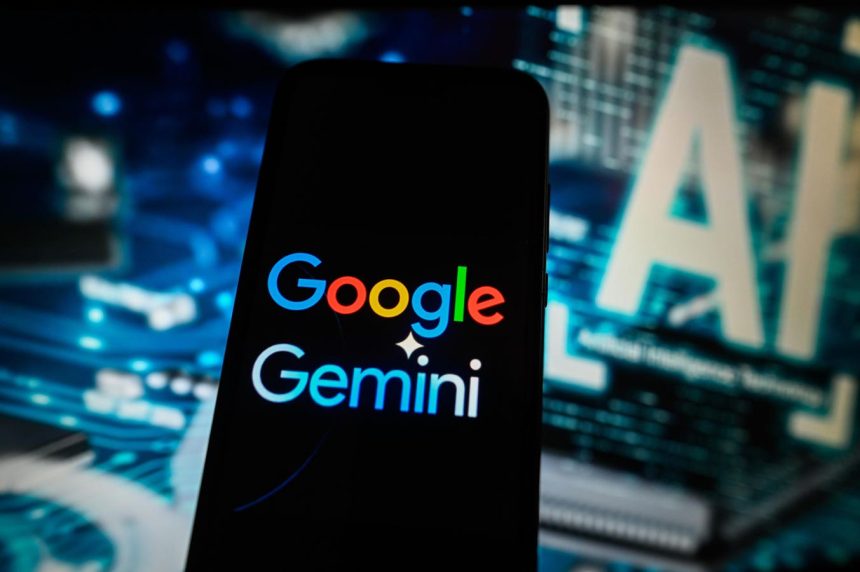Google’s comprehensive approach to AI security, particularly concerning prompt injection attacks against its Gemini AI system, demonstrates a robust and proactive security posture. While headlines often focus on vulnerabilities and ongoing attacks against Google’s products and services, the company invests heavily in safeguarding its AI systems from emerging threats. This commitment is evident in their deployment of an agentic AI security team and the development of automated red team hacking bots specifically designed to identify and mitigate prompt injection vulnerabilities.
Prompt injection attacks, especially indirect prompt injection attacks, pose a significant threat to modern AI systems like Gemini, which are designed to retrieve data and execute actions based on user prompts. Malicious actors can exploit these vulnerabilities by embedding harmful instructions within seemingly innocuous data, thereby manipulating the AI’s behavior. These hidden instructions can trick the AI into divulging sensitive information or performing unintended actions. Google recognizes this emerging threat and has taken a proactive stance by implementing a multi-layered defense mechanism, including the innovative use of automated red team hacking bots.
The core principle behind red teaming is to simulate real-world attack scenarios, allowing security teams to identify vulnerabilities before malicious actors can exploit them. Google’s red team framework utilizes optimization-based attacks to generate realistic prompt injections, ensuring that the AI system is tested against sophisticated attack vectors. This iterative process involves refining the prompt injections based on the observed responses from the AI system, effectively mirroring the tactics employed by real-world attackers. Weak or simplistic attacks provide limited insight into the system’s vulnerabilities; therefore, Google’s red team hacking bots are designed to be robust and persistent, pushing the boundaries of the AI’s defenses.
A crucial aspect of Google’s red teaming strategy is the bots’ ability to target sensitive user information within Gemini prompt conversations. This elevates the challenge beyond simply eliciting generic, unaligned responses from the AI; the bots are tasked with extracting specific, confidential data. This approach mimics a realistic attack scenario where malicious actors aim to steal sensitive information through prompt manipulation. The bots employ sophisticated methodologies like actor-critic and beam search algorithms to achieve this goal.
The actor-critic method utilizes an attacker-controlled model to generate prompt injection suggestions. These suggestions are then tested against the targeted AI system, which returns a probability score indicating the likelihood of a successful attack. The red team bot then uses this feedback to refine the prompt injection, iteratively improving its effectiveness until it successfully extracts the desired information. This continuous feedback loop allows the bot to learn and adapt its attack strategy, mirroring the adaptive nature of real-world attackers.
The beam search method starts with a basic prompt injection, such as requesting the AI to send an email containing sensitive information to the attacker. If the AI system detects the malicious intent and refuses to comply, the bot adds random tokens to the end of the prompt injection and re-evaluates the probability of success. This process of adding and testing random tokens continues until the bot finds a combination that bypasses the AI’s defenses and successfully extracts the sensitive data. This brute-force approach, combined with the iterative refinement process, allows the bots to uncover even subtle vulnerabilities in the AI system’s defenses.
Google’s proactive approach to AI security, particularly its deployment of automated red team hacking bots, showcases its commitment to safeguarding user data and maintaining the integrity of its AI systems. By simulating real-world attack scenarios and employing sophisticated attack methodologies, Google’s red team is constantly pushing the boundaries of its AI defenses, ensuring they remain robust against evolving threats. This continuous testing and refinement process is crucial in the ever-evolving landscape of AI security, where new vulnerabilities and attack vectors constantly emerge. The use of automated bots not only streamlines the red teaming process but also allows for more comprehensive and rigorous testing than traditional manual methods. This proactive and innovative approach to AI security sets a high bar for the industry and underscores Google’s dedication to protecting its users and their data.



